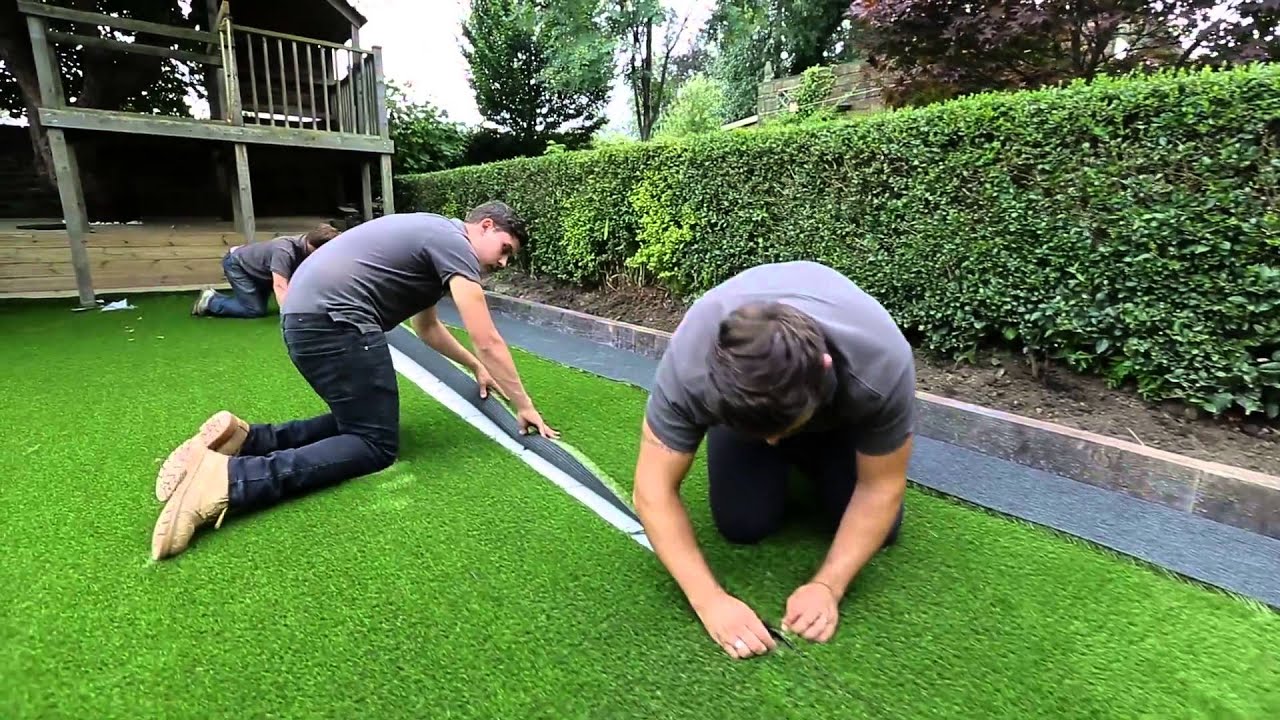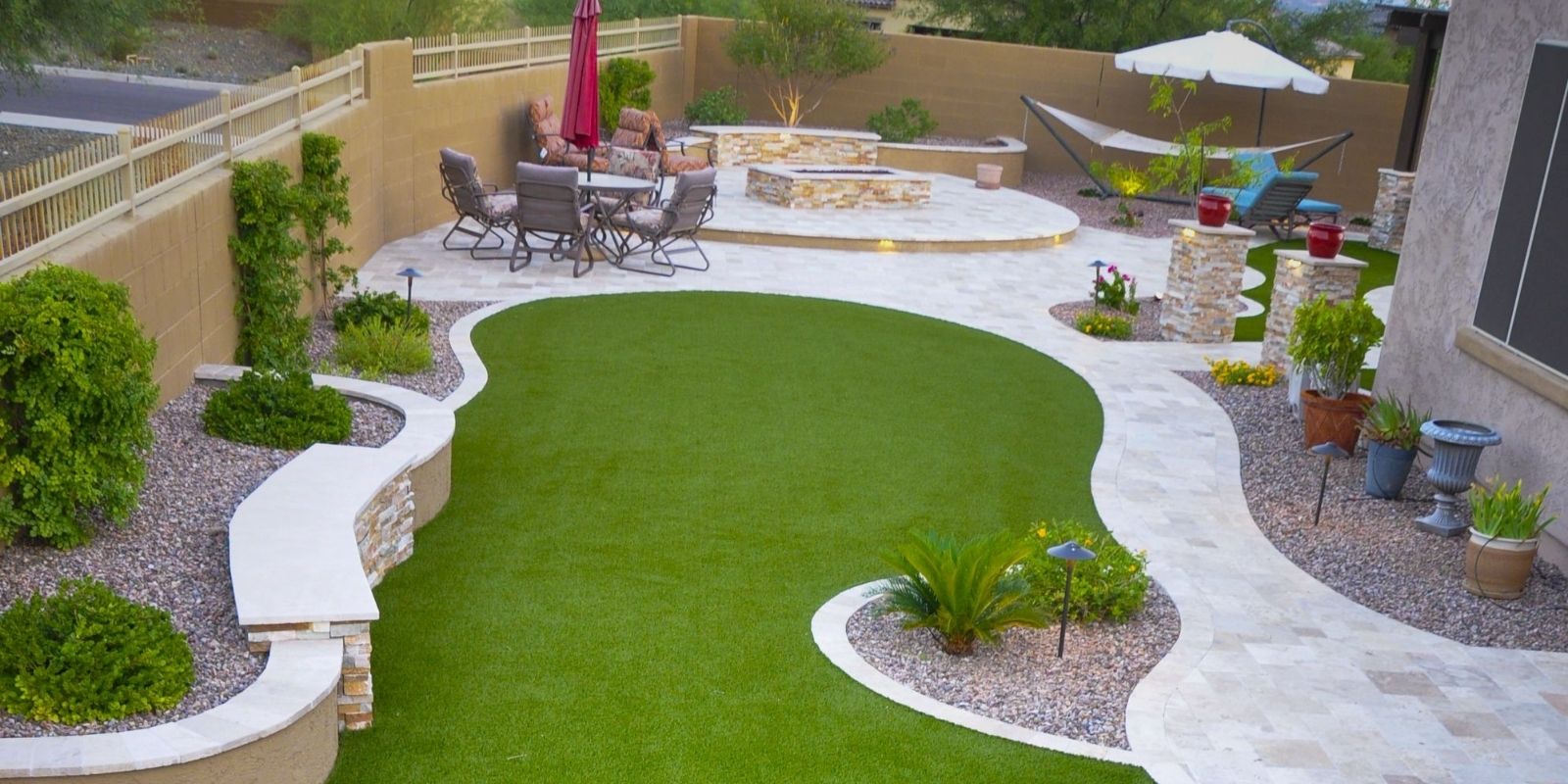Best Phoenix Turf Companies Providing High-Quality Synthetic Grass Options
Wiki Article
See Why Homeowners Prefer Artificial Turf for Lasting Landscaping Practices
As home owners progressively focus on sustainability in landscaping, synthetic grass has become an engaging alternative to typical lawn. Its capacity to conserve water, minimize upkeep efforts, and reduce environmental effect placements it as a useful choice for those looking for environment-friendly options. Furthermore, the aesthetic appeal and convenience of synthetic grass cater to diverse layout preferences. Nonetheless, the implications of this change prolong beyond simple comfort and looks, prompting a closer examination of how these selections affect more comprehensive ecological end results. What stays to be explored is the complete extent of advantages that synthetic grass can use to homeowners and the environment alike.Water Preservation Benefits
One of the most considerable benefits of fabricated grass is its role in water preservation. Conventional grass yards need substantial amounts of water to maintain their lush appearance, often resulting in overuse of neighborhood water resources, particularly in dry regions. In comparison, fabricated turf removes this need completely, as it does not call for irrigation. This not just saves water yet likewise lowers the pressure on community water systems, particularly during drought conditions.Moreover, the installation of synthetic grass can contribute to an extra lasting landscape. Home owners can considerably reduce their water expenses, enabling reallocation of resources to various other environmental efforts or house usages. In addition, synthetic turf is created to stand up to various weather problems without the requirement for extra watering, making it an ideal choice for regions encountering water deficiency.
The environmental advantages extend beyond instant water financial savings. By minimizing water consumption, synthetic grass aids to alleviate the influences of climate modification, maintaining essential communities that are threatened by excessive water removal. As lasting landscape design methods gain traction, artificial grass becomes a responsible option for homeowners looking for to create environmentally friendly outdoor spaces.
Lowered Upkeep Efforts
Synthetic grass significantly reduces upkeep efforts contrasted to traditional yard lawns. With fabricated yard, homeowners can remove the time-consuming jobs associated with natural landscaping, such as mowing, feeding, and weeding. This not only conserves valuable time but likewise lowers physical labor, making grass care accessible for individuals of every ages.Conventional yards require constant cutting to maintain an aesthetically pleasing height, whereas fabricated turf stays consistently lavish without the need for cutting. In addition, homeowners no much longer need to use pesticides or plant foods, which are usually required to keep all-natural turf healthy.
Additionally, fabricated turf is long lasting and resistant, needing marginal upkeep beyond occasional cleaning and rinsing to remove particles. This convenience of maintenance allows property owners to enjoy their exterior rooms without the constant worry of upkeep, giving more time for recreation and family members tasks. Inevitably, the minimized maintenance initiatives connected with man-made turf make it an enticing choice for those seeking a low-maintenance, visually appealing landscape.

Ecological Influence Decrease
There is an expanding recognition of the ecological benefits connected with man-made lawn, especially in terms of water preservation and minimized chemical use. Traditional yards require substantial quantities of water, particularly in drought-prone areas, bring about increased pressure on local water sources. On the other hand, fabricated grass removes the demand for irrigation, substantially reducing water intake and advertising sustainability.In addition, standard yard maintenance frequently entails the application of pesticides, herbicides, and click resources fertilizers, which can contribute to soil and water contamination. Artificial grass mitigates this ecological danger by calling for marginal maintenance and practically eliminating the demand for hazardous chemicals. This not just boosts dirt wellness but additionally secures regional communities from hazardous runoff.
Additionally, the manufacturing of natural turf yards commonly involves using nonrenewable fuel sources for cutting and landscape design devices, further adding to greenhouse gas exhausts. By picking fabricated grass, house owners can significantly reduce their carbon footprint related to lawn treatment tasks.
Aesthetic Appeal and Flexibility
In addition to its ecological advantages, artificial lawn supplies substantial aesthetic appeal and flexibility for landscape design. Property owners can attain a lush, green look year-round, eliminating the seasonal fluctuations typically associated with all-natural lawn. This regular aesthetic not just boosts the visual allure of a residential or commercial property however likewise adds to a polished and well-maintained appearance.
Furthermore, synthetic best site grass is offered in a selection of colors, styles, and structures, enabling modification to suit specific choices and layout themes - Phoenix turf companies. Whether used in residential yards, commercial rooms, or entertainment locations, it can effortlessly incorporate into diverse landscape design layouts, from modern-day minimalist to lavish tropical setups
The adaptability of artificial grass prolongs past plain appearance; it can be mounted in various places, consisting of rooftops, patio areas, and even interior areas, developing opportunities for special landscaping options. In addition, it appropriates for a variety of tasks, from youngsters's play locations to pet-friendly atmospheres, offering functionality without compromising design.
Eventually, the aesthetic appeal and convenience of fabricated lawn make it an appealing choice for property owners looking for sustainable landscape design options that do not sacrifice charm for environmental responsibility.

Long-Term Price Cost Savings
One of the most engaging advantages of artificial lawn is its possibility for long-term expense financial savings. Unlike natural yard, which calls for routine upkeep-- consisting of mowing, watering, fertilizing, and pest control-- man-made lawn significantly decreases these ongoing expenses.Furthermore, synthetic grass has a life-span of 15 to 25 years, relying on its quality and usage. This resilience reduces substitute expenses, making it an extra affordable selection in the long run. The initial investment in man-made grass can often be redeemed through the financial savings built up over time.
While the upfront expense may seem greater contrasted to turf setup, the collective cost savings from minimized upkeep and water usage usually outweigh these first expenditures. Ultimately, the fostering of fabricated lawn not only advertises a lasting landscaping option however additionally offers property owners a financially wise option that straightens with lasting budgeting objectives.
Final Thought
Synthetic grass arises as an engaging option for sustainable landscape design, supplying considerable advantages in water conservation, reduced maintenance initiatives, and reduced environmental influence. Its aesthetic appeal and flexibility about his improve the visual landscape while lining up with modern sustainability objectives. Moreover, lasting cost financial savings add to its appearance for property owners. As areas increasingly prioritize eco-friendly practices, the fostering of synthetic grass stands for a modern step towards attaining durable and lasting landscapes.In addition, synthetic turf is developed to hold up against numerous weather conditions without the requirement for supplementary watering, making it an excellent option for regions facing water scarcity. (Phoenix turf companies)

Man-made turf emerges as an engaging alternative for sustainable landscaping, offering considerable advantages in water preservation, reduced upkeep initiatives, and lessened environmental effect.
Report this wiki page